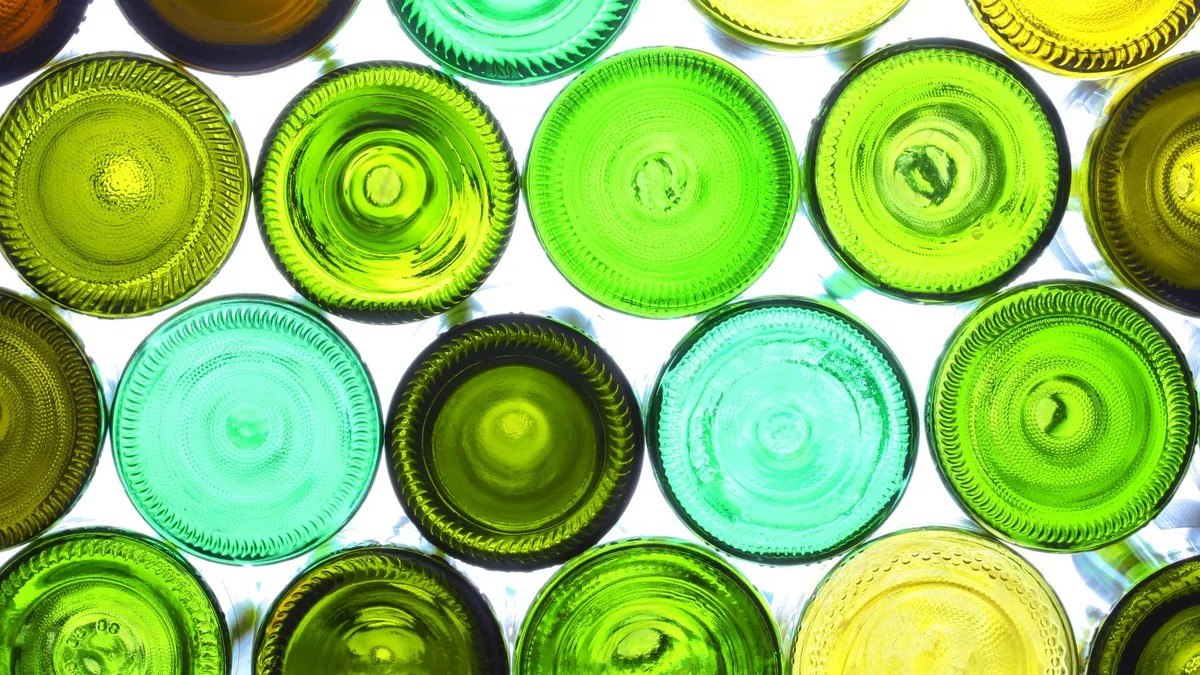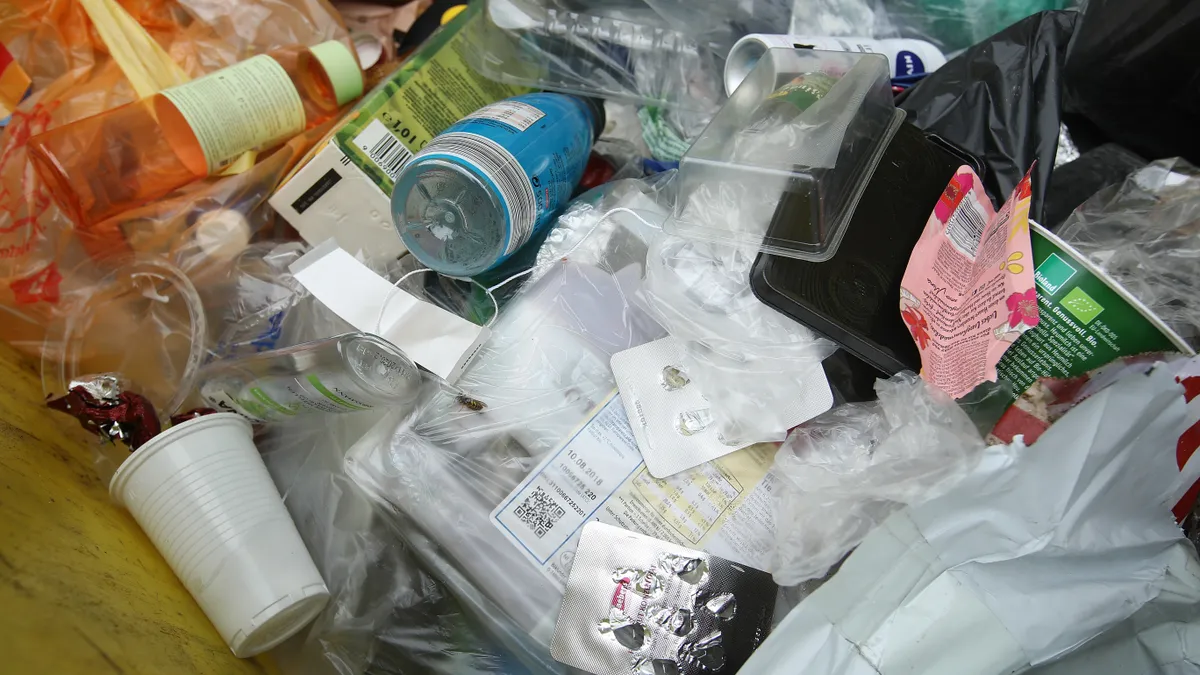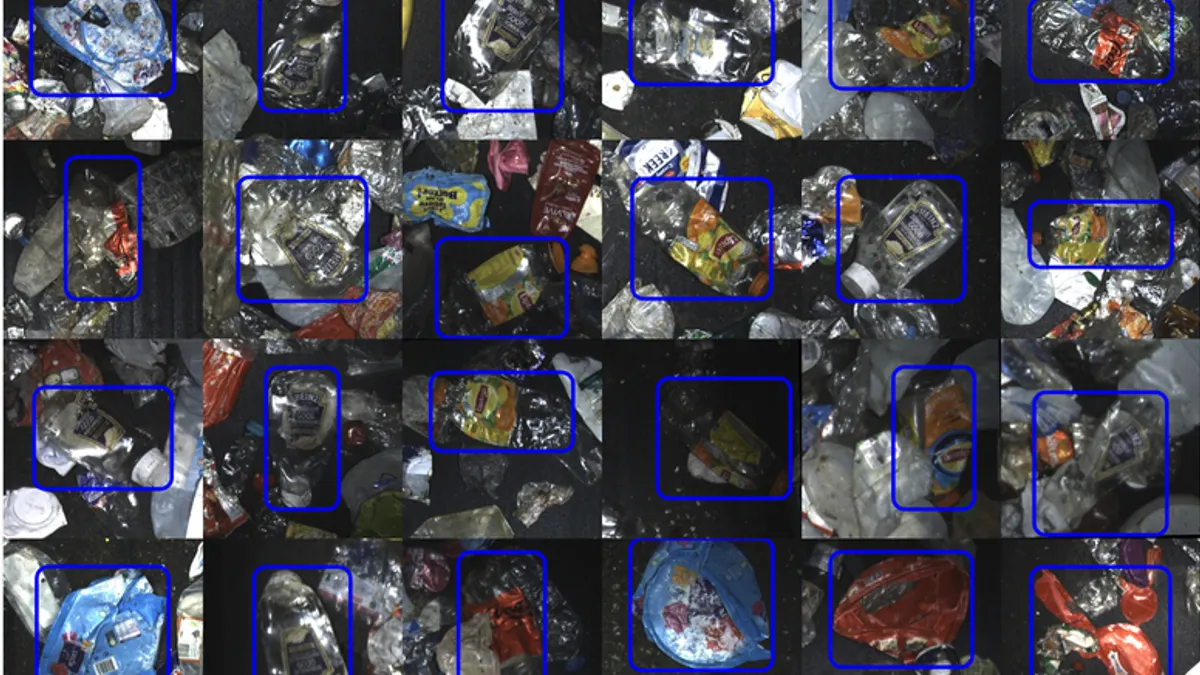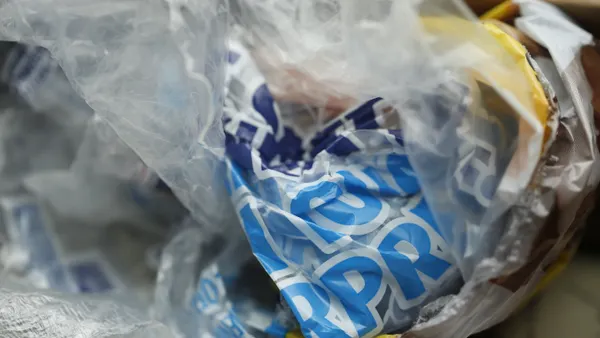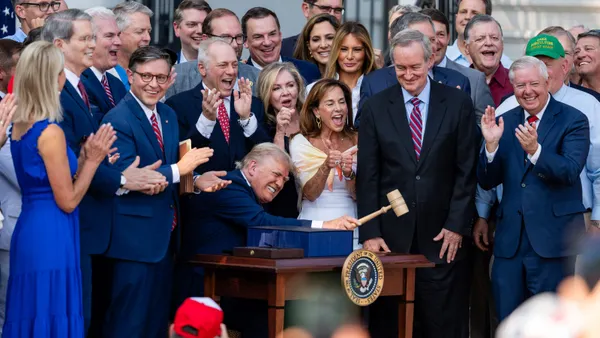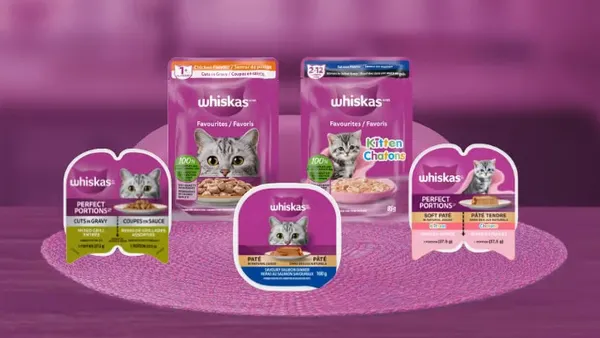Oregon has the country’s oldest container deposit system, and the state has made numerous updates and changes to the BottleDrop program since 1971 to keep its return rate at 80% or above.
The Oregon Beverage Recycling Cooperative, the beverage industry group that runs the state’s bottle deposit system, credits the high return rate to the ability to invest in innovations like AI-based counting equipment, new bottle return facilities and an app for residents to manage deposit earnings. The state legislature recently passed an expansion to the bottle bill to add canned wine to the program, which OBRC will start accepting in its stream in 2025.
Another recent focus for OBRC is improving its Green Bag program, where residents fill special bags with bottles and cans and deposit them at automated BottleDrop locations for credit. The program saw an uptick in usage during the beginning of the COVID-19 pandemic and has now become the main way Oregon residents return their bottles.
Jules Bailey, who joined OBRC in 2016 as chief stewardship officer, was recently named the cooperative’s CEO. During his time there, Bailey helped roll out Oregon’s refillable glass bottle program in 2018 — the only refillable program in any of the 10 states with bottle bills — and worked to make the overall container deposit system more accessible to residents in the state.
Waste Dive talked with Bailey about what’s next for Oregon’s bottle bill, his outlook on broader bottle bill trends, and how other U.S. states can move forward with their own bottle bill updates.
This interview has been edited for length and clarity.
WASTE DIVE: Oregon’s system has gone through a few updates in recent years. What’s the most major change you’ve seen since you joined OBRC in 2016?
JULES BAILEY: The biggest one to note has been a shift in how consumers return their containers toward using our Green Bag program. That program is now at over 930,000 — pushing a million — account holders. In Oregon, there's only about 1.4 million households.
[The Green Bag service] has been around in one form or another for almost 10 years, but it's really taken off recently. Part of that is having a really good app and having a lot more places to be able to return containers. Back in 2019, the [bag drop] network was processing about 60% of all container returns, and about 40% were going through [reverse vending machines in] grocery stores and convenience stores. Today we're processing about between 78% and 80% of returns directly back through the BottleDrop network.
People have the ability to use their [deposit] money in a bunch of different ways, like connecting it to your kids’ 529 college savings plan or donating it to nonprofits. I take my Green Bag to the grocery store parking lot and drop it off before I do my shopping. Soon people will also be able to use Venmo and PayPal for easy transfers too. Having these different hooks to draw people in is why our redemption rate is super high. We don't have a final redemption rate number for 2022 yet, but we think it could be in the high 80% range, which would be close to, if not the highest, in the nation.
Oregon has the oldest bottle bill in the country, but you also have a lot of elements to it that could be considered pretty modern. What other updates do you see in the next few years?
There's a lot coming. Right now we have 26 redemption centers and we’re building two more this year. Our Glisan redemption center in Portland, we believe, is the largest indoor redemption center by volume in the world. It does well over 100 million containers per year. We reconfigured the whole layout and installed the Stream Count. It allows you to dump all your containers onto a moving conveyor belt and AI looks down and instantly counts all your containers as they move by. That has allowed us to really increase throughput and get people in and out the door faster. We also deployed it in our Coos Bay site, our new redemption center that just opened last month.
Before this technology, it was just [reverse vending machines], and people put containers in one at a time. This is not a replacement for RVMs, but it's another convenient option for people with large volumes to get in and out quickly. We want to be just as convenient for the person coming in and returning their 350 containers and getting their $35 as it is for the person who wants to come in and drop off their 12 containers.
Oregon's system also has a refillable glass bottle segment. How is that going?
To be honest, it's going good, not great. The good part is we're the only refillable statewide program in the nation and we're doing 2.5 million units in circulation. But it's 2.5 million units out of 2 billion processed last year. So it's a lot of containers, but it's a small percentage. In addition, we’ve seen a market trend of a move away from glass.
We have some really dedicated, amazing craft [beverage] producers that are in, but the other limit of the program is that we can't get back bottles that leave the state for export. Oregon loves exporting our beverages, but it also means solving that logistical challenge. If we had compatible programs in neighboring states where a lot of our exports go, like Washington and California, it could work a lot better. We could trade [containers] across state lines.
More of these different programs could crop up, but that can be tough when states are talking about refillables without considering a deposit return system, because you need a way to get the bottles back. In addition, packaging type matters. You see in Germany that they can do refillable plastic water bottles, but that is because they sell their plastic water bottles in big heavy crates, and there’s a logistics system that protects them so they don't get damaged. We don't have any kind of equivalent logistical infrastructure in the United States. We'll be able to do some of this stuff over time. But getting there is certainly not easy.
Proposed legislation for a national bottle bill could come out sometime this year. What are the chances of it working?
I'm not gonna hold my breath and wait on Congress to do anything, but if somehow it did pass, we'd have to see what the final form would be like and we'd want to make sure that there was room for a Oregon-style, industry-led deposit return system.
One of the [bottle bill] sponsors is Senator Merkley from Oregon and he and his staff have been fantastic in working on this and seeking input from stakeholders. [A national bottle bill] is a worthwhile effort in that it sets a kind of a template off of which other states can work as they think about what they want to do in their own states. It keeps the national conversation going and keeps momentum.
For example, we're in the midst of a discussion around a deposit return system in Washington right now. I think there's a good chance that Washington sets up a really good industry-run deposit return system and becomes the first state in decades to set up a new deposit return system. That would have really great outcomes, including some refill components to it as well.
The Washington bill you mentioned also has extended producer responsibility for packaging components. What are your thoughts on how EPR and bottle bills can coexist, especially since Oregon passed its own EPR for packaging bill a couple years ago?
EPR is really just a fancy way of saying who's paying for the system and who's paying for the waste that goes out into the world. A deposit return system is the way to decide whose responsibility it is to get that waste back. You can have an EPR system that doesn't ever have a deposit return system, which may make sense for some packaging that isn't easy to put a deposit on, like shrink wrap. In Oregon, we did a deposit return system first. I think it's pretty hard to do EPR then deposit return because of the way the economics work, but you could do them both at the same time. And that's what Washington is going for.
The conversation is happening all over the place, like in New York. I would fully expect Massachusetts to have a conversation around an update to its bottle bill, as it's getting pretty long in the tooth. We hear rumblings about Illinois. So it’s an exciting time. There's a lot of growth in this sector, and it's one of the reasons why I'm excited to be leading this organization in this time. We hope Oregon can be a leader and also help offer some perspective.



